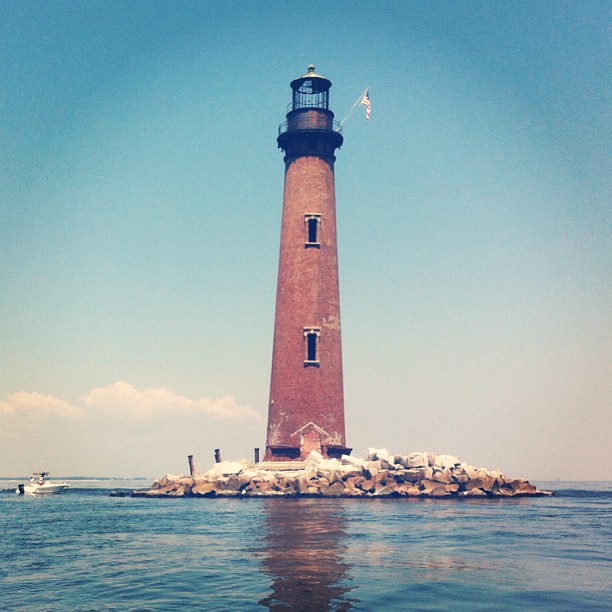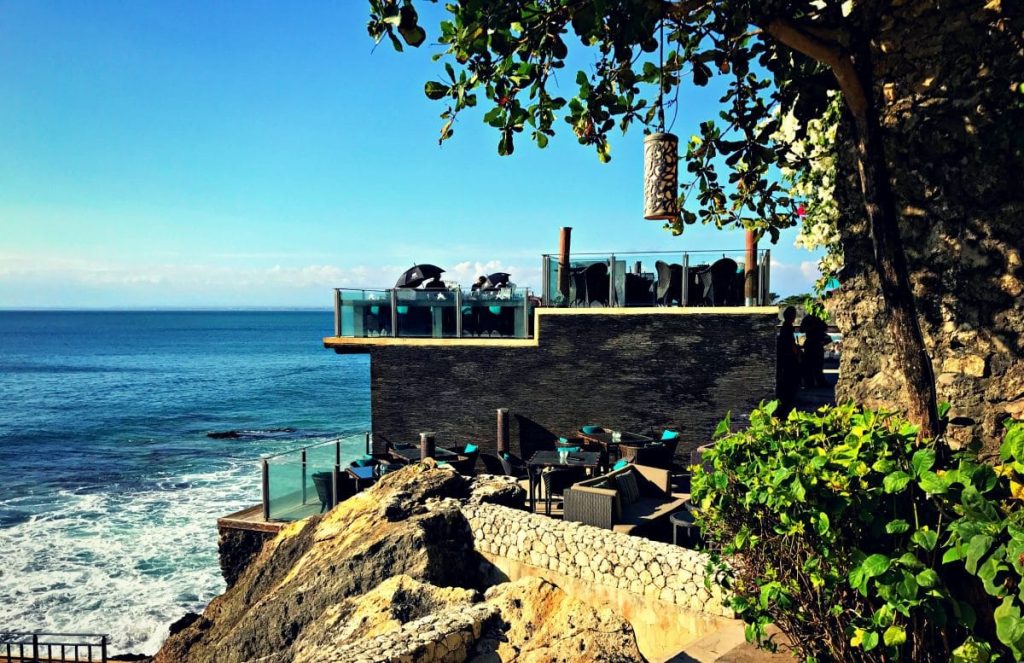G’day Mate!
Yes, they really say that, along with all sorts of other charming little slang phrases. And that accent is so wonderful to listen to, but of course, they thought our accent was, too. 🙂
Shangri-La
We stayed at the Shangri-la in Sydney, which is situated overlooking the harbor, with perfect views of the Opera House and Harbour Bridge. I love the Shangri-La brand and enjoyed staying at the one in Bangkok, too. There’s always a huge assortment for breakfast, the rooms are spacious and beautifully done, the cost considering they are a 5-star hotel is actually not over-the-top, and the spa always incorporates everything I love about Eastern healing methods and philosophies. Since I didn’t plan anything the day we arrived, as I wasn’t sure how we would feel coming off that flight, we had time to relax. We took a little walk outside the hotel and while we waited for our rooms, we booked our spa treatments. All of us desperately needed a massage after that flight. Chi, the spa at the Shangri-la, is dark, cozy, and dimly lit with wood walls and subtle Eastern accents. We did the couples massage, which worked out all the kinks from that long flight.
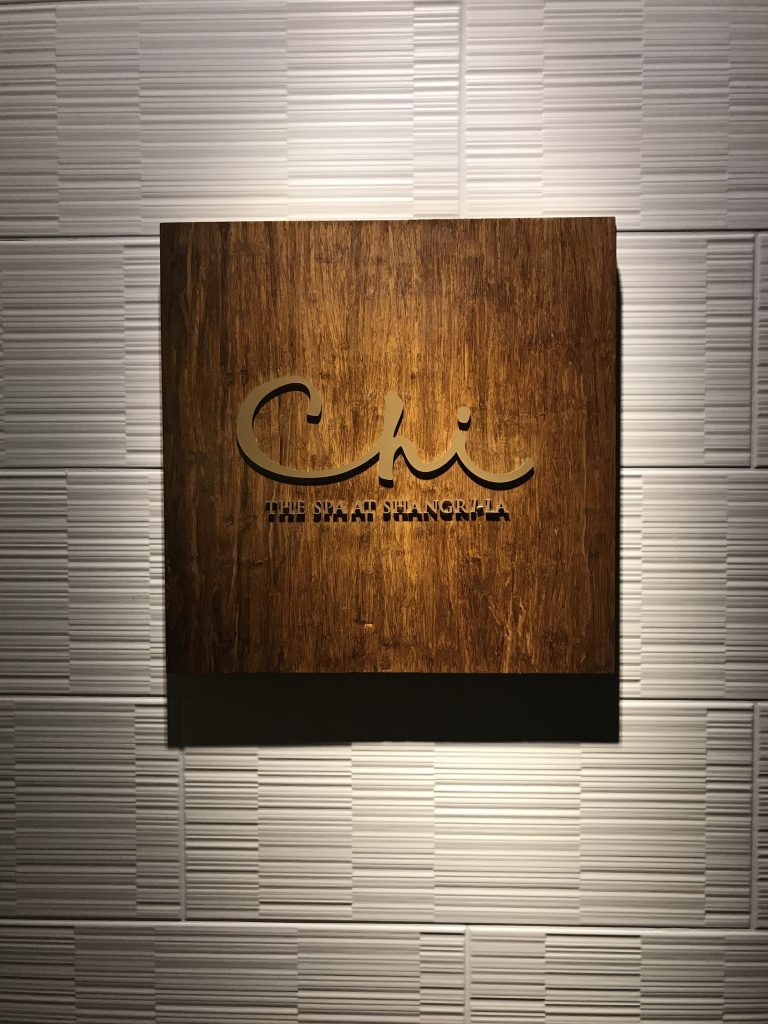
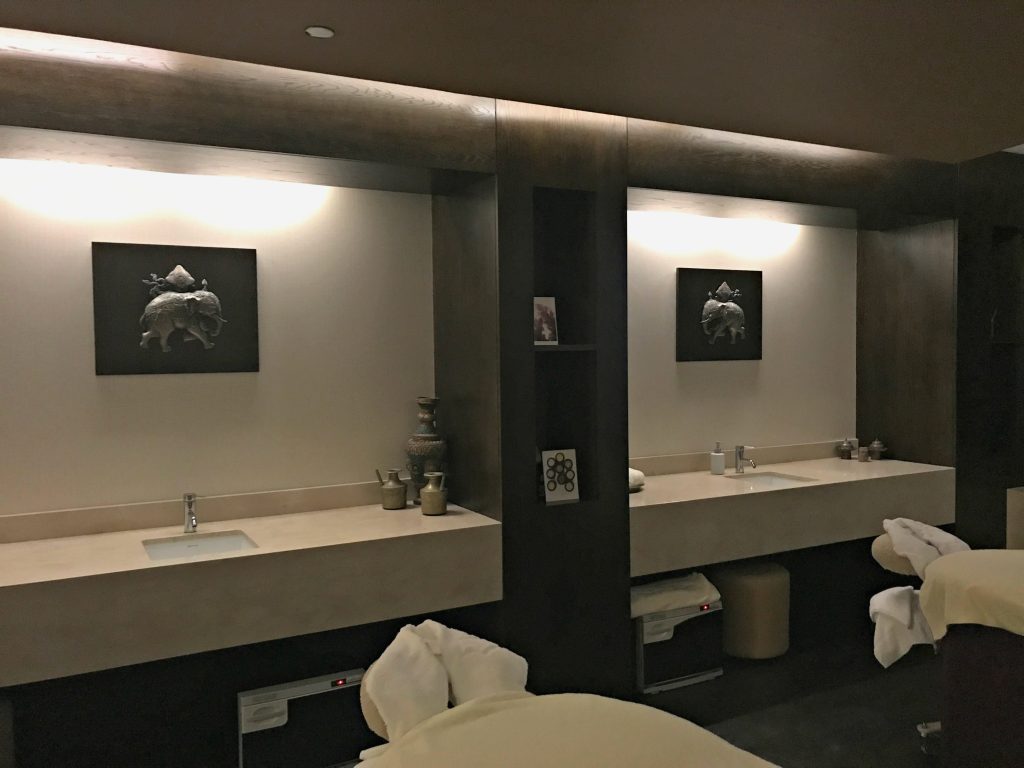
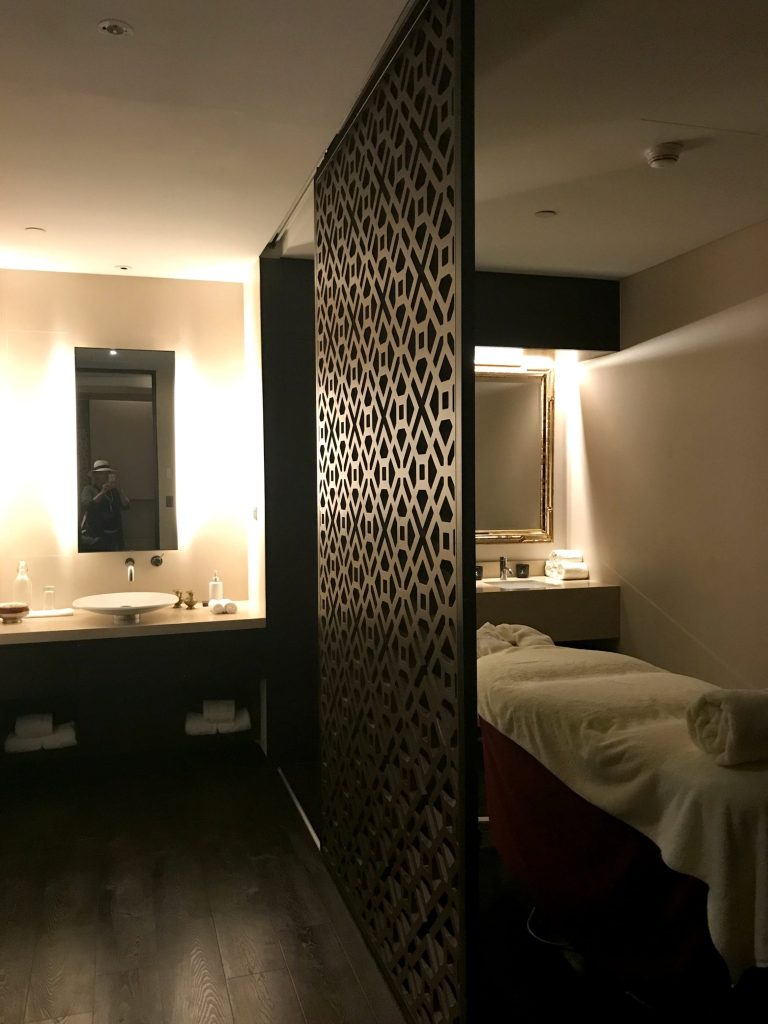
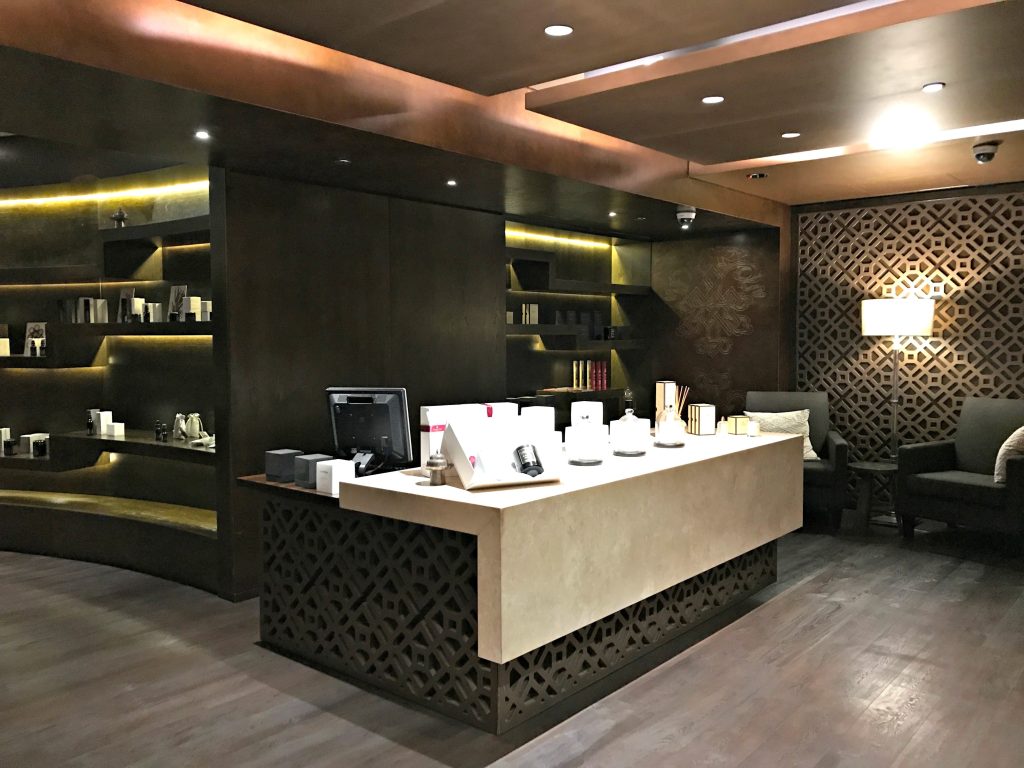
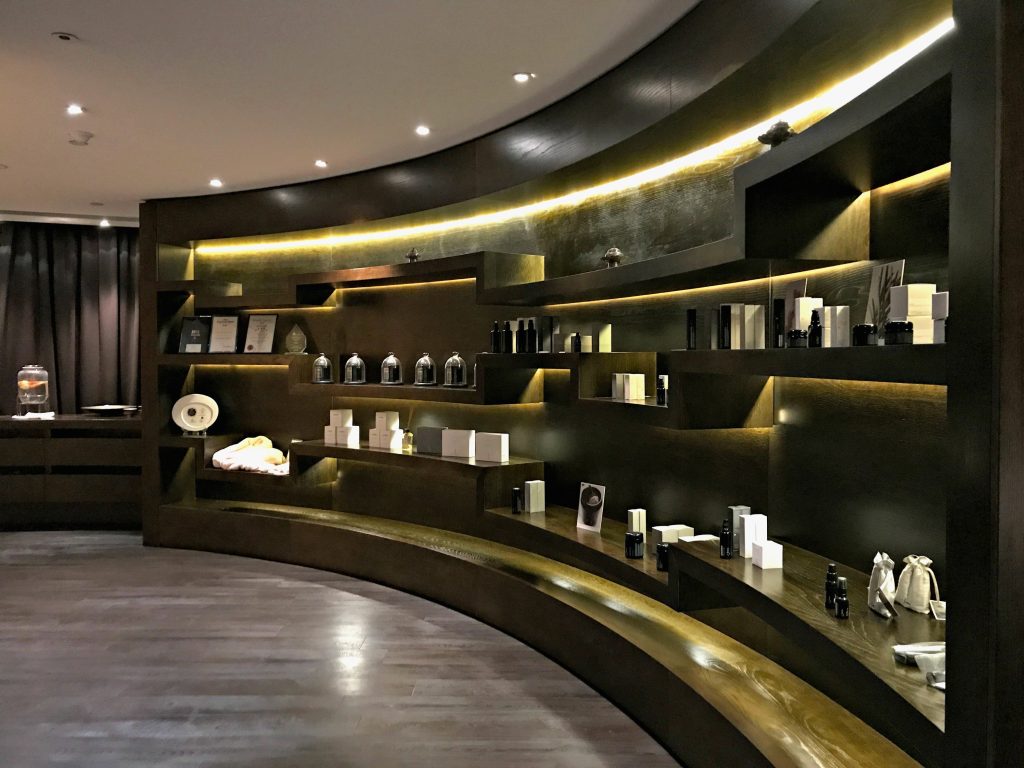
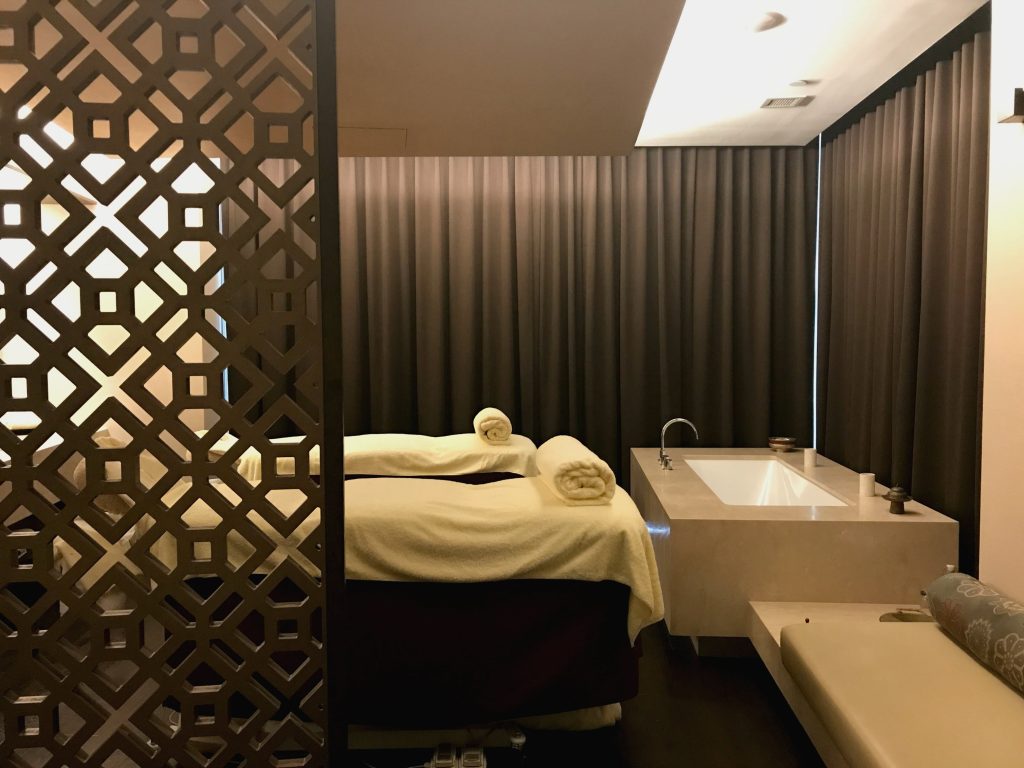
Our room had a great view of the Opera House, and each window has built-in window seats, perfect for room service and watching the boats come in and out of the harbor snuggled in the robe the hotel provides.

We had dinner at the highly awarded restaurant Altitude, located at the top of the hotel. Serving Australian cuisine, with floor to ceiling windows, this has to be the best dinner view in the city. It made this list of 39 Restaurants Where the Food is as Good as the View. My new favorite, one shoulder LBD I got at Treehouse before I left (a new cute boutique in Smyrna, if you’e headed that way), was perfectly flowy, didn’t wrinkle in my suitcase and was zero fuss -throw it on and go.

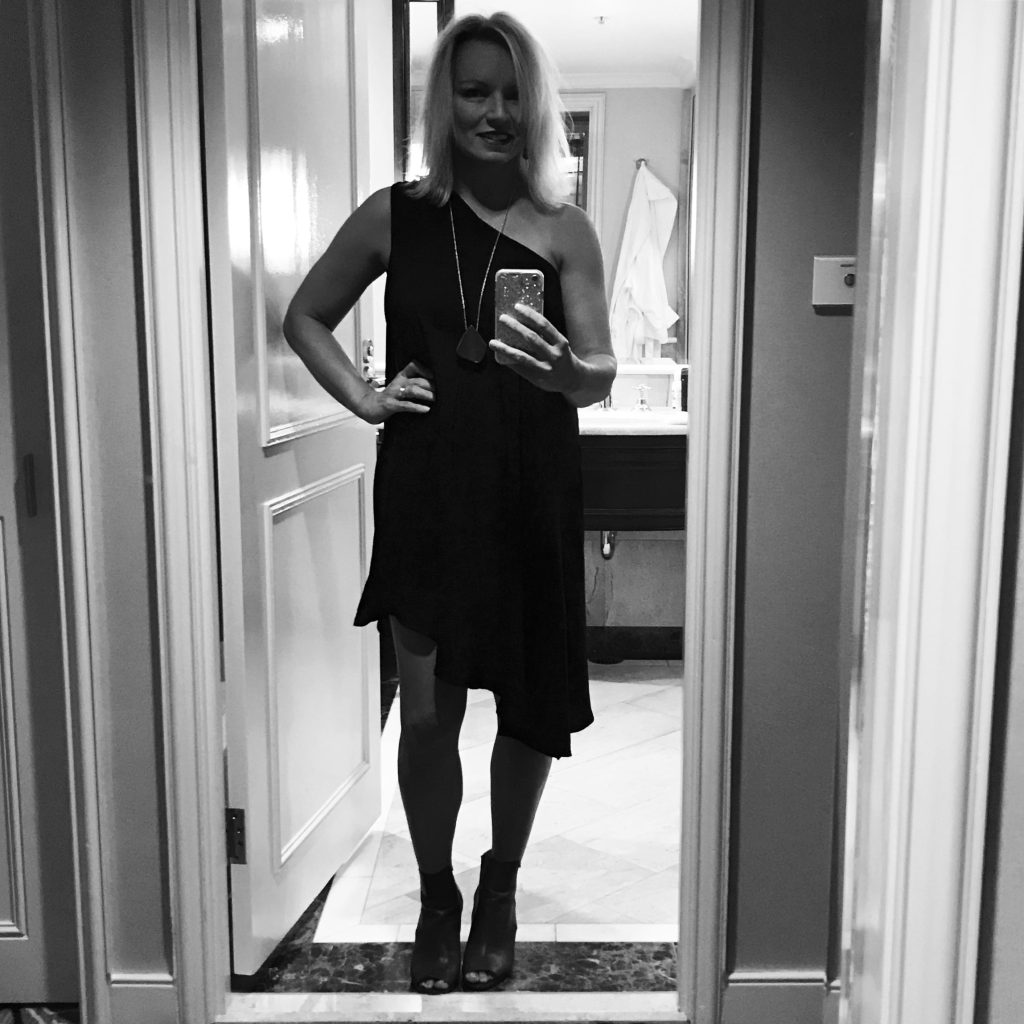
Sydney Opera House
The next day we toured the Opera House. I have studied a lot of architecture and design in college and traveled all over the world and experienced it firsthand. This and the Sagrada Familia in Barcelona have to be my two favorites in the world. Both are mind blowingly creative, and show the pure genius of these two architects. Each are like nothing else in the world. Jorn Utzon, a Danish architect, submitted the design for a competition and out of over 200 entries, his design won. Completely different from any of the other designs and shapes of the typical modernist architecture of the time, and obviously influenced by growing up with a father who was a navel architect, the multiple sail shape design was perfect to sit out on Bennelong Point, welcoming the many ships coming into the harbor. Baffling engineers for quite some time as to how to actually build the design, it was Utzon who would end up coming up with the spherical solution to build his project. Problems arose and he was forced to withdraw from the project, and locals began protesting in the the streets to have him reinstated. Utzon never returned to Sydney to see his masterpiece completed, and another architect stepped in to see the project through its final stages. Many years after completion, he was asked to come back on the project and develop a set of design principles that could be used for years to come through many renovations the Opera House would need. Utzon’s son, also an architect, would oversee many of the renovations and changes in his father’s passing.
The combination of wood, glass and concrete is breathtaking. In every picture I had ever seen, I always though it was one building. While they are connected and sitting on top of an ancient ziggurat, except for the sails that are nesting within one another, the cluster of sails don’t touch. As you can see in the first picture, there are three separate nesting sails. There is also a specific point outside, where you can stand and look down the center axis of both halls. Design drawings along with a page illustrating this axis are here. On another the note, the tiles on the shells of the building are not white. Utzon wanted the building to photograph white but wanted it to change with the different lights of the sun. He also wanted it to be bright without causing glare. He used a special ceramic from Japan and laid the tiles in a chevron pattern. The tiles are actually a combination of beige tiles and white tiles, which allows the sails to change colors. In the evening, the sunlight renders the roof a warm beige tone which you can see below. There is so much to say about this building that requires more space and time, so if you want to read more, you can visit the website here, which includes the entire history, process, details on the solution to building it, and more.
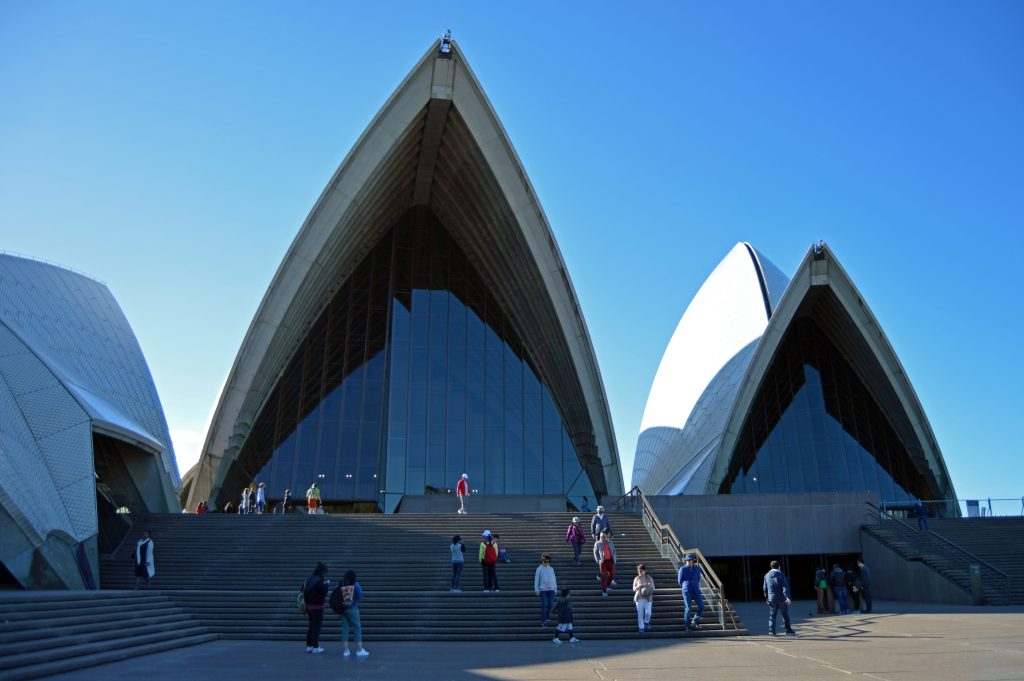
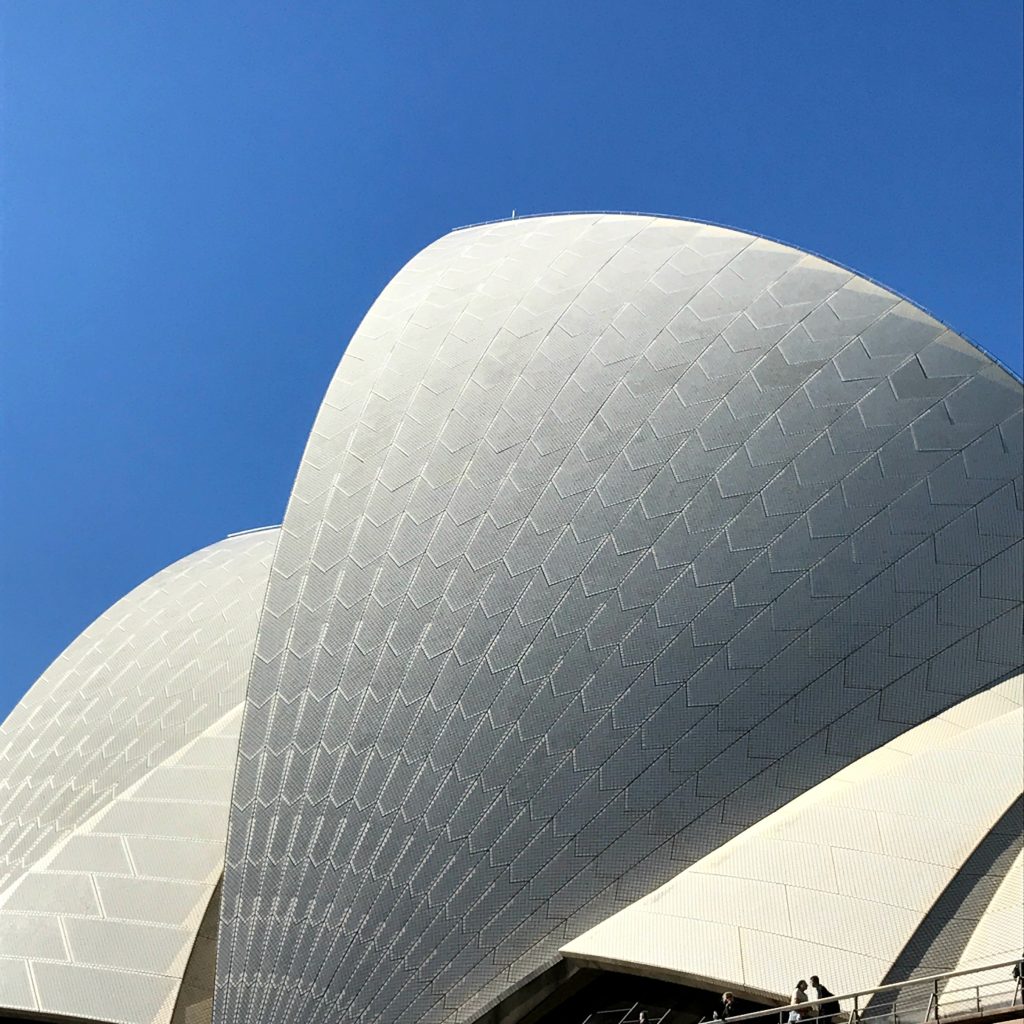
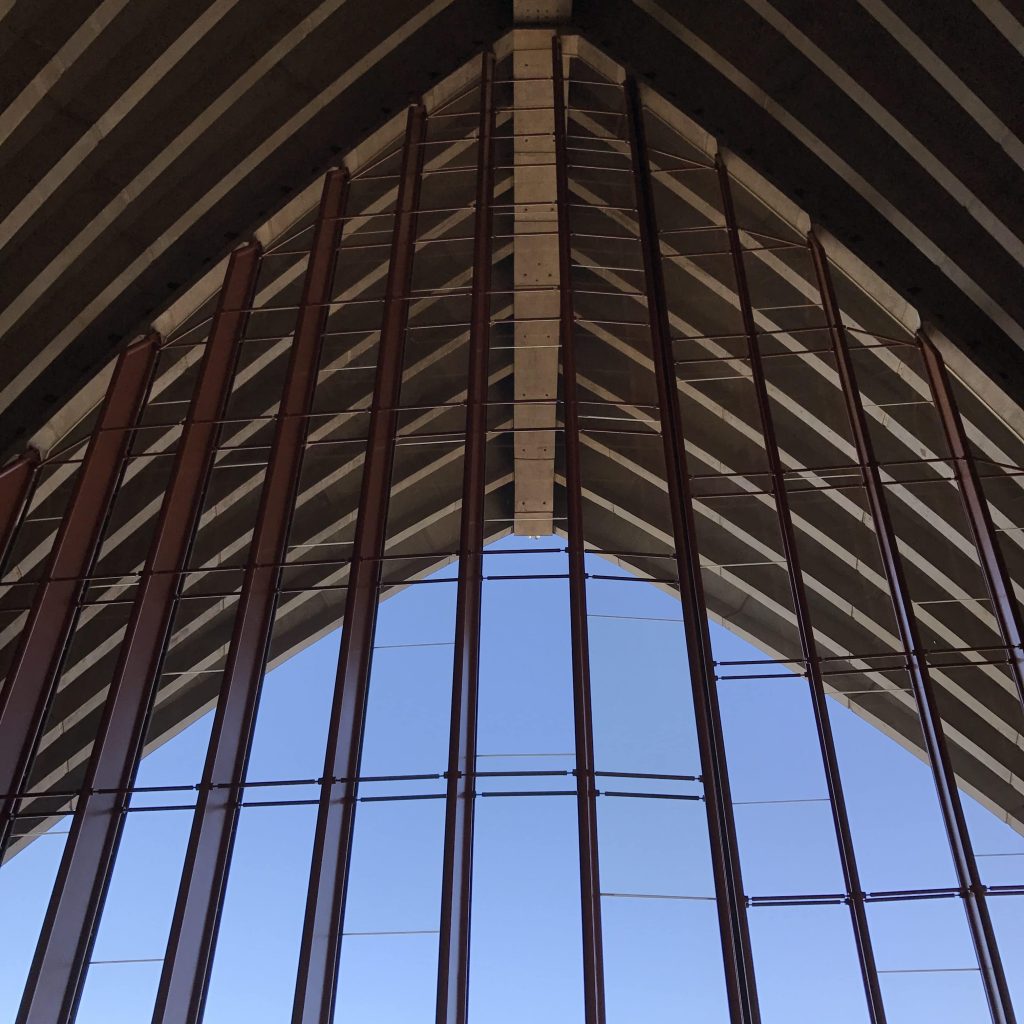
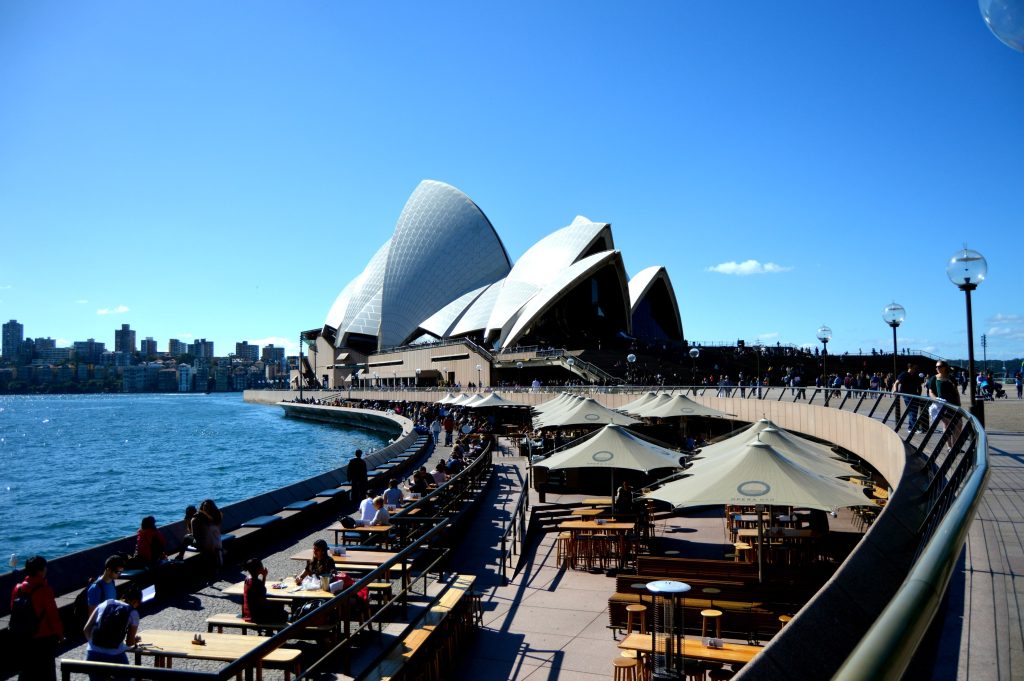
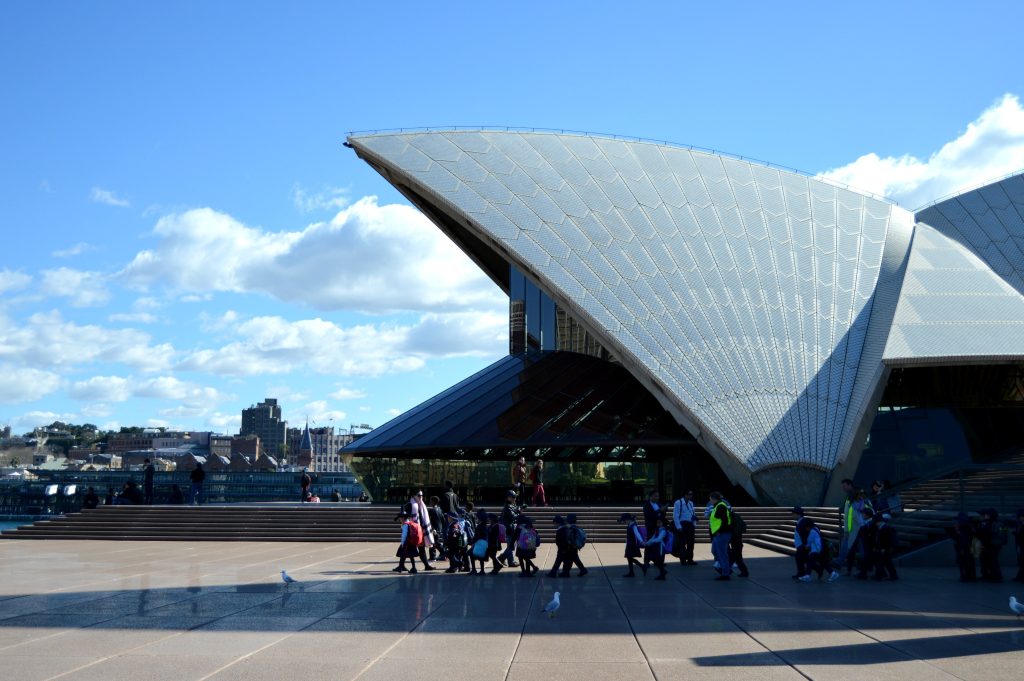
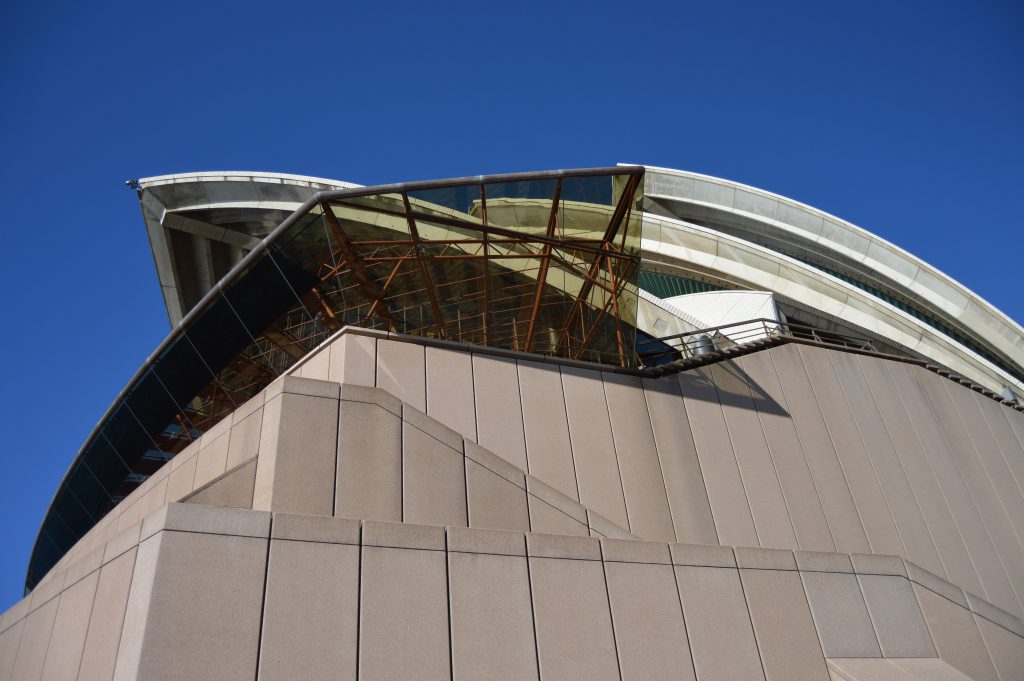
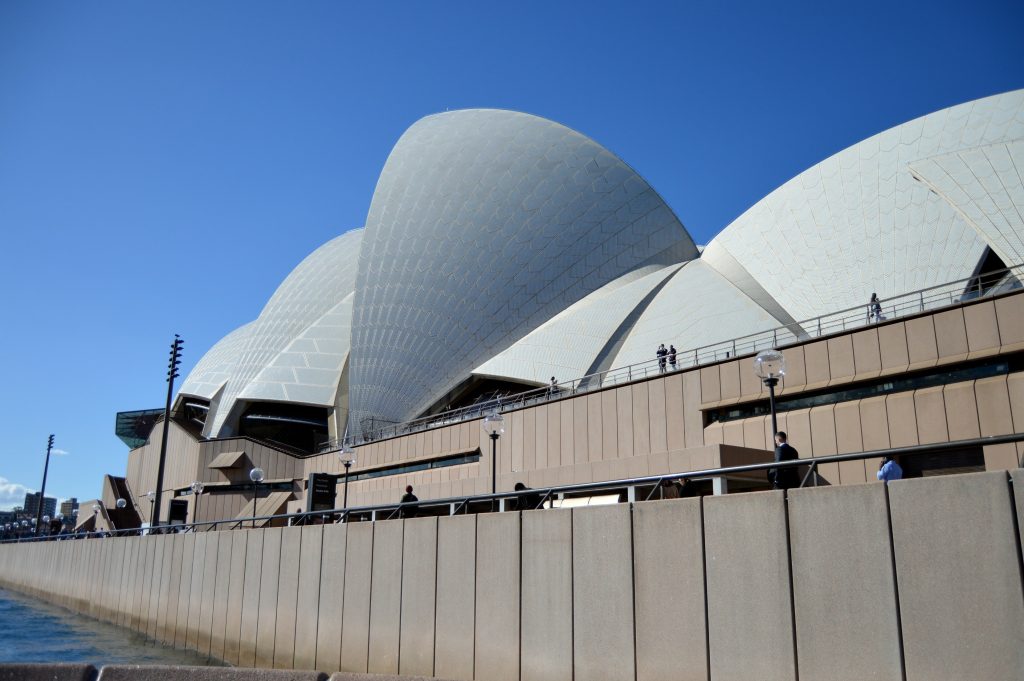
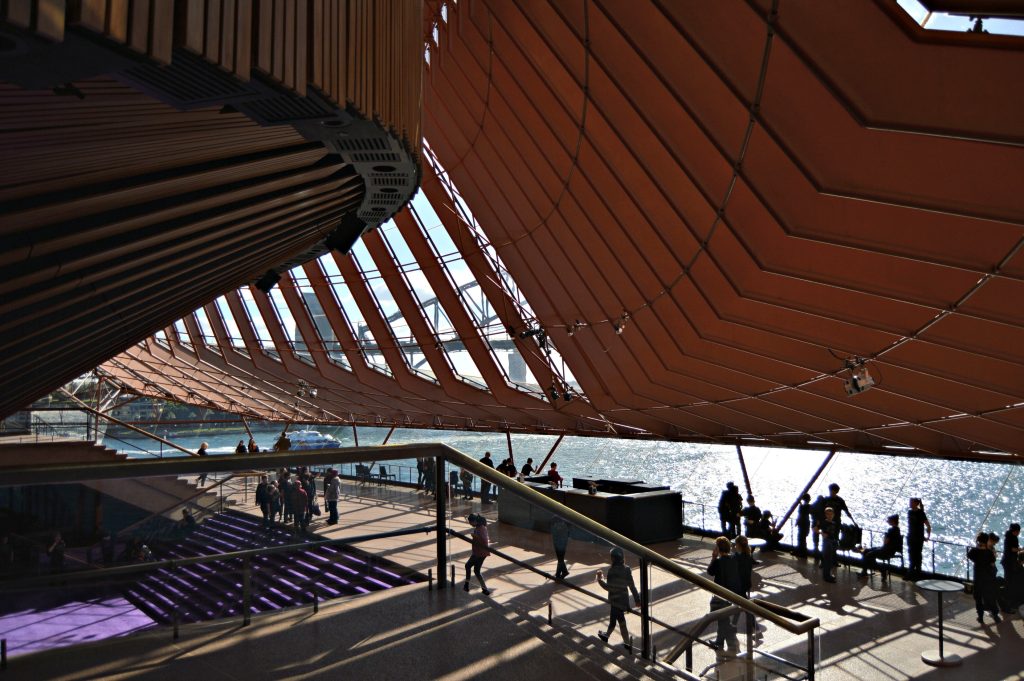
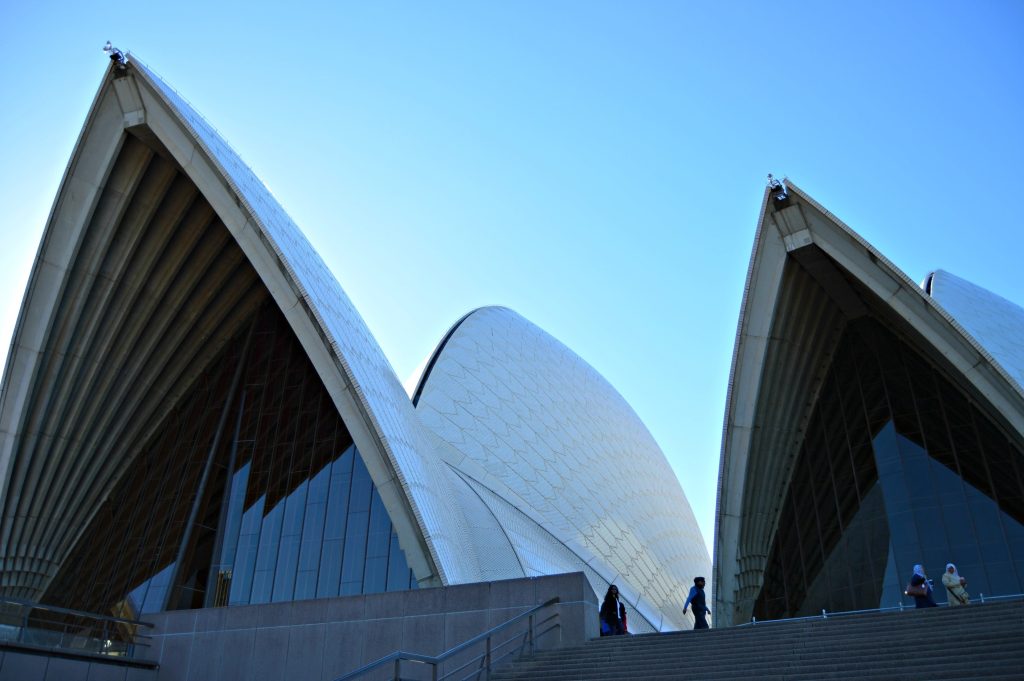
Harbour Walk
There are walking paths all around the harbor and the views are stunning. You can even climb the top of the bridge, like these brave souls pictured below.
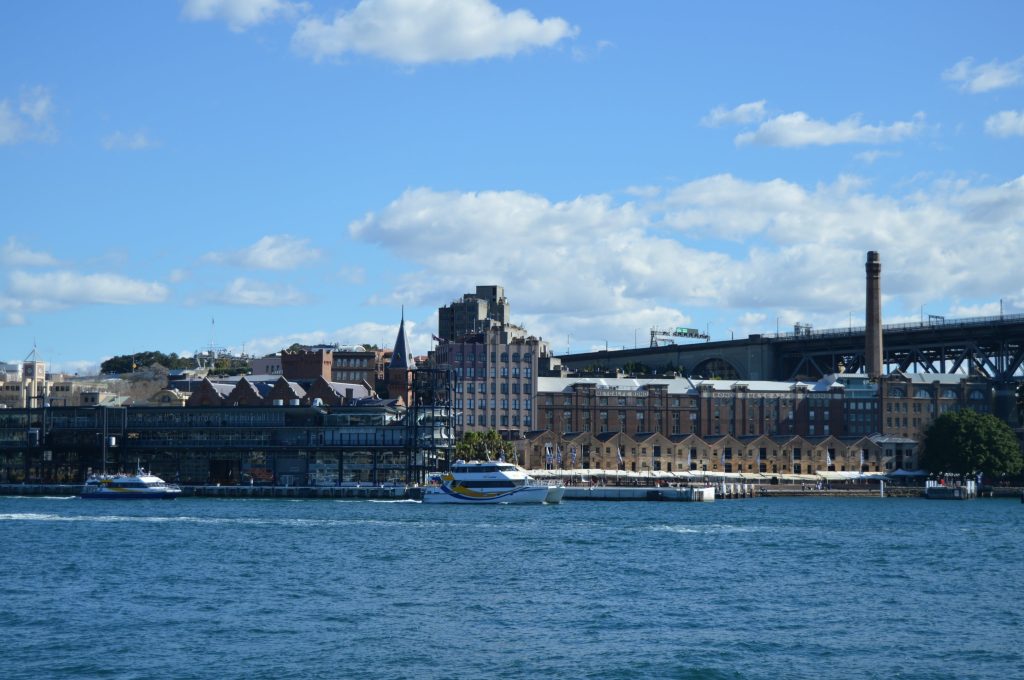
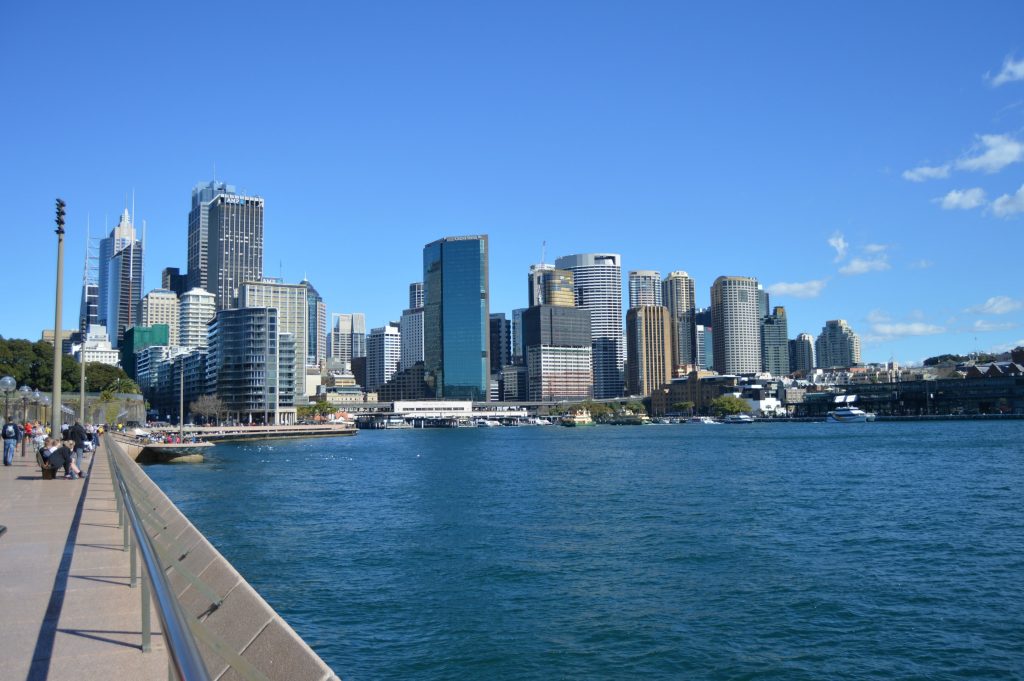
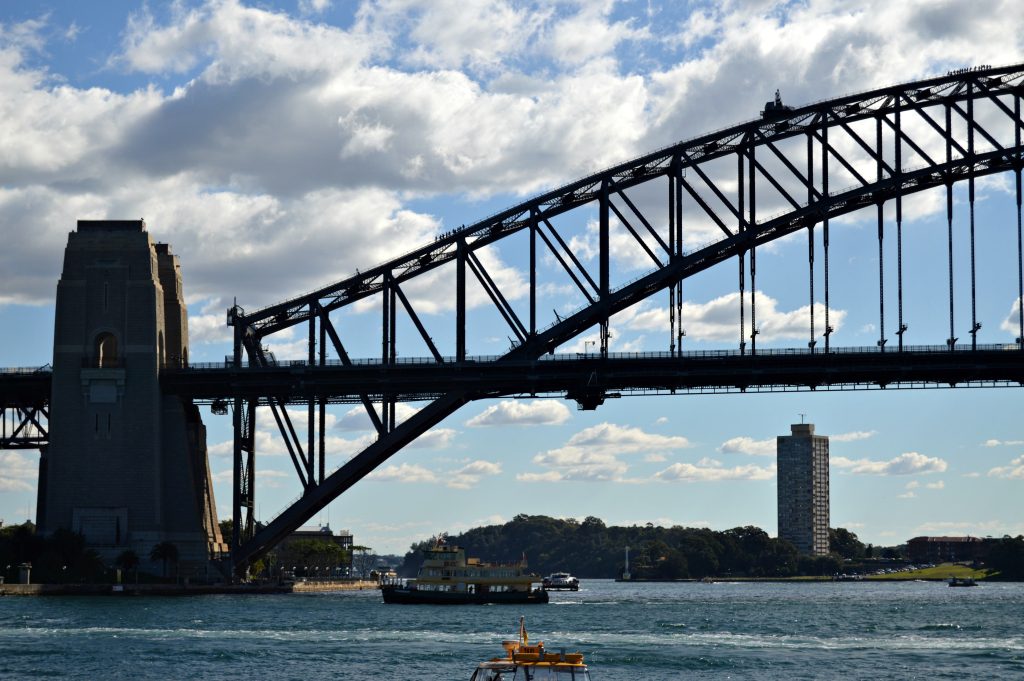
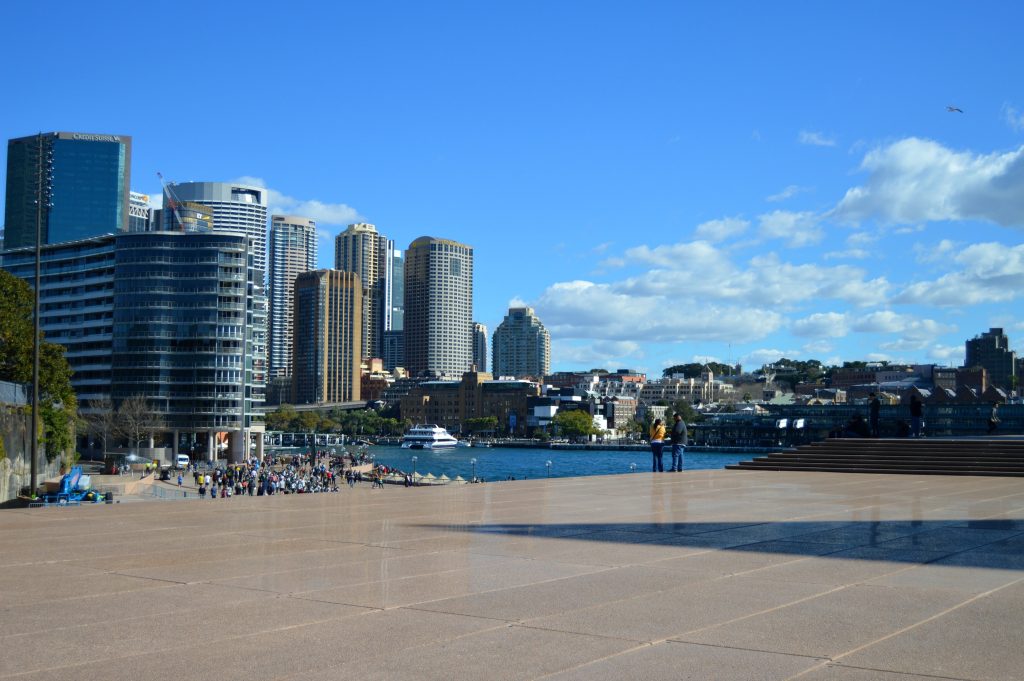
The Rocks
This historic district is full of character. Restaurants, bars and shops line the streets with the bridge towering in the background. Tap Rooms, the brewery I blogged about previously, is on the corner in the last picture. If you missed that blog, you can find it here. This is Sydney’s first settlement and was once a place of prostitutes and sailors but has transformed into a modern destination with art galleries, creative shops and a market with over 100 stalls on Saturdays and Sundays.
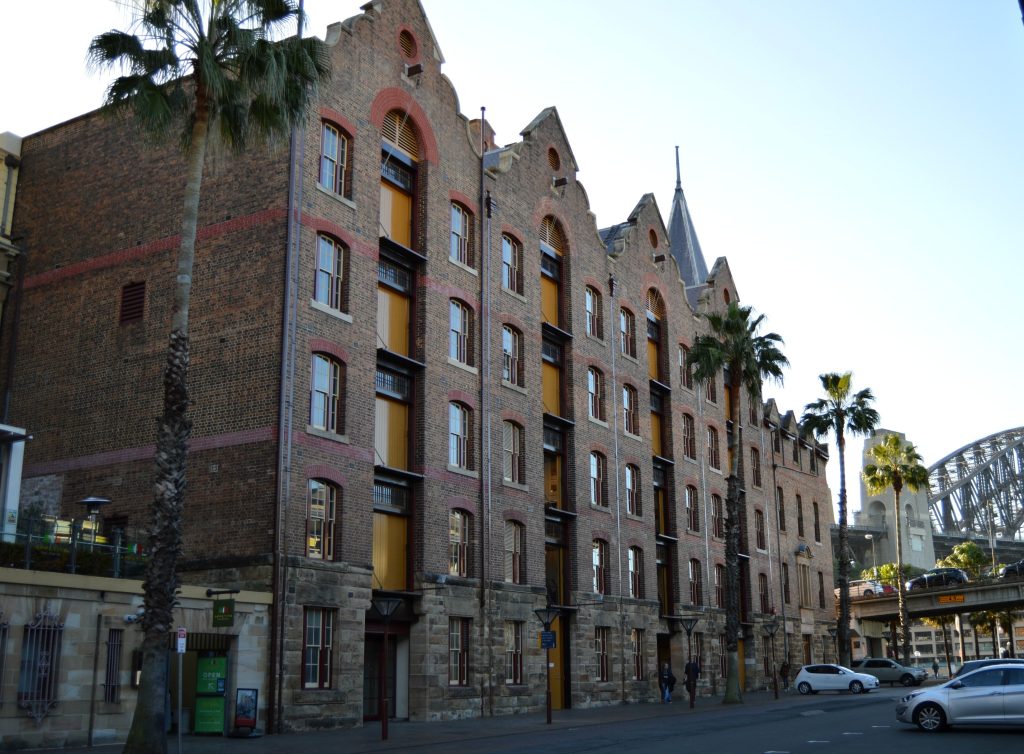
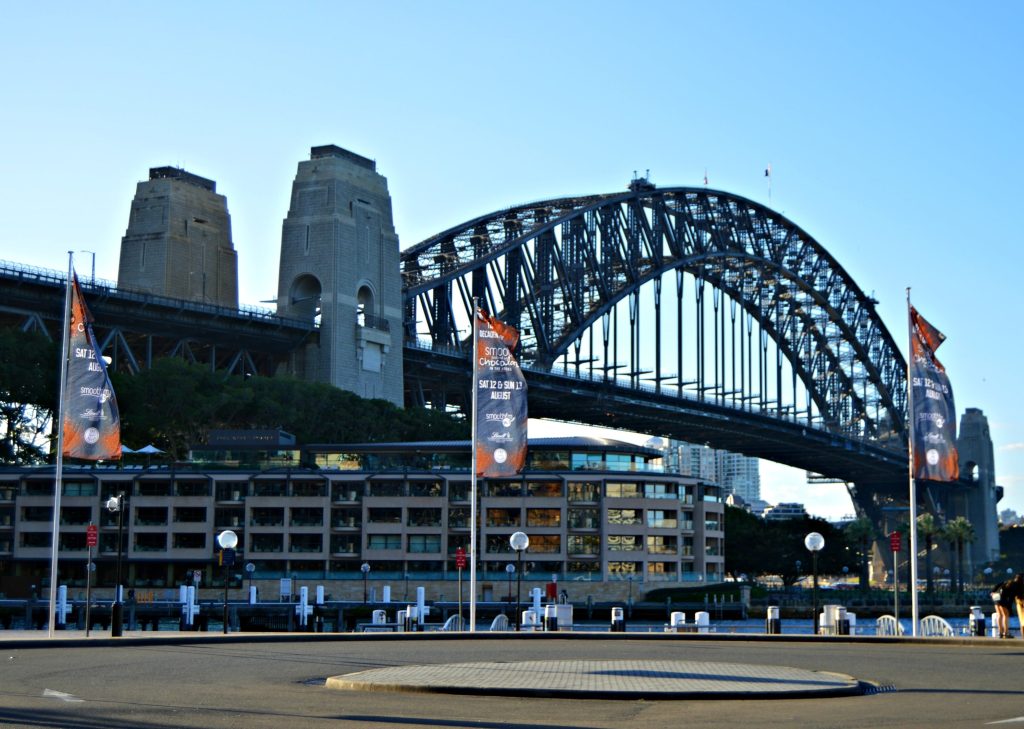
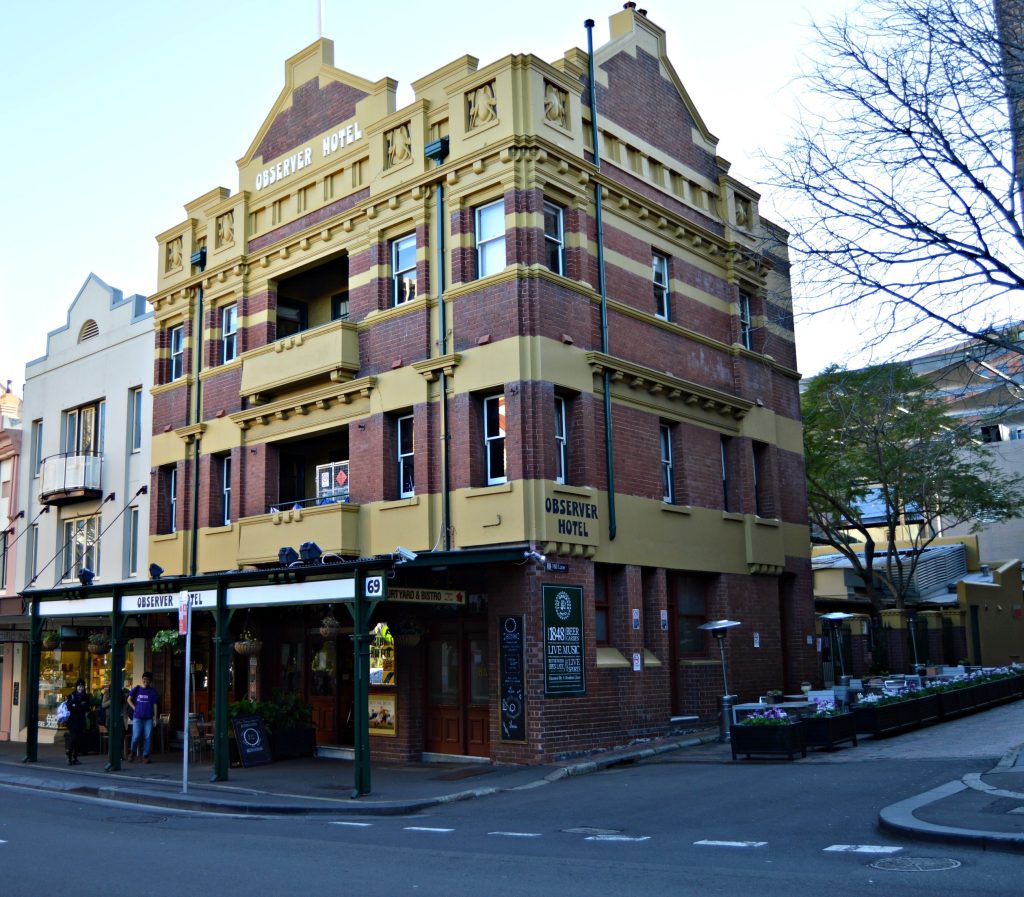
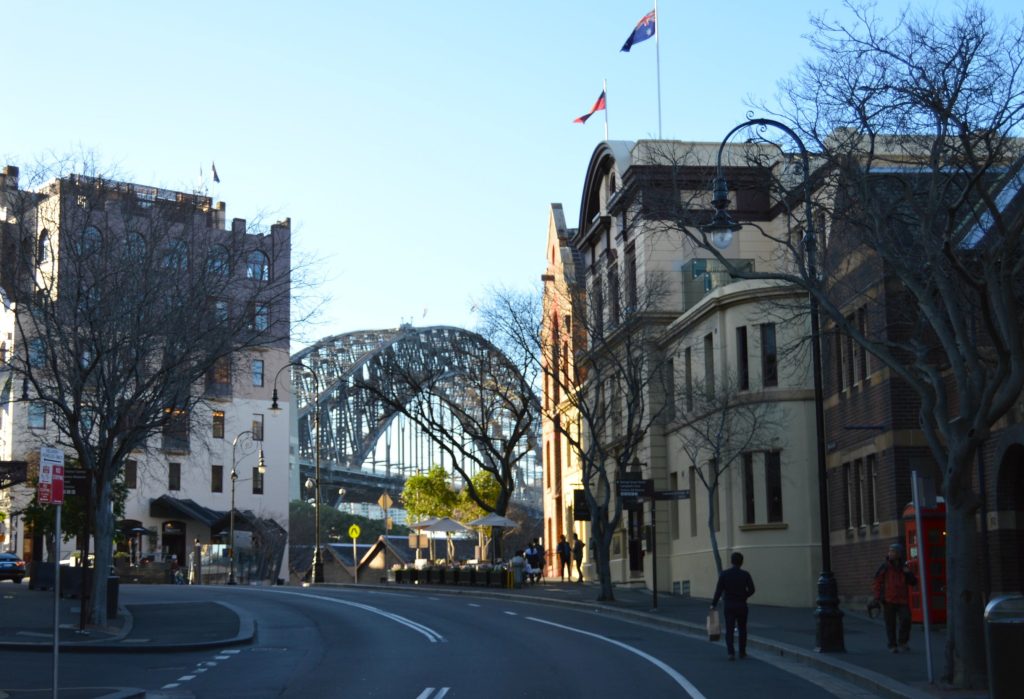
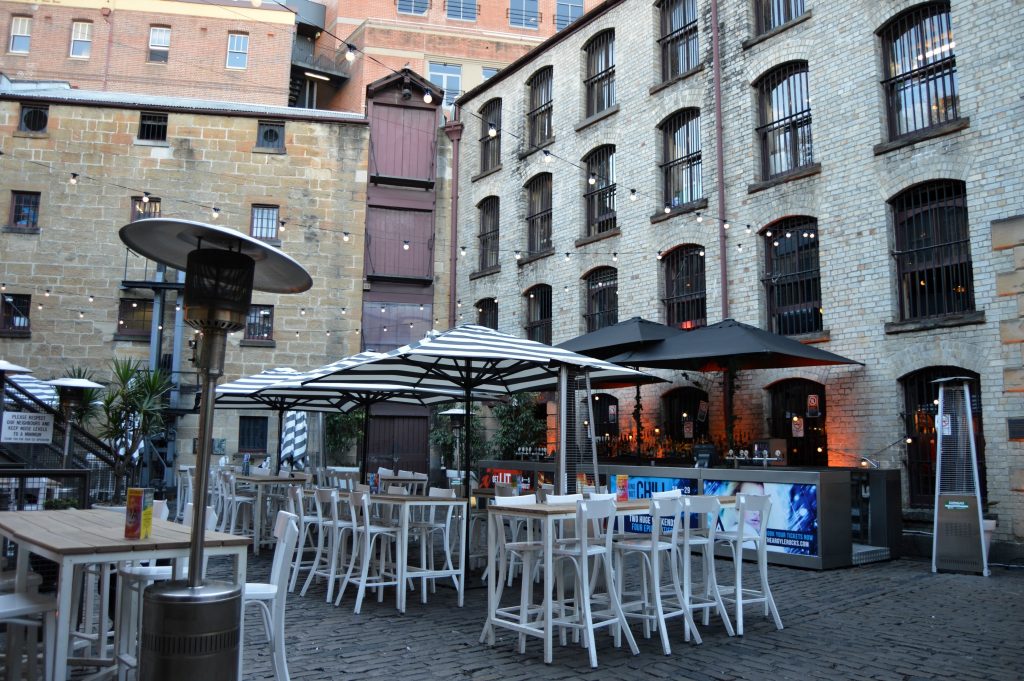
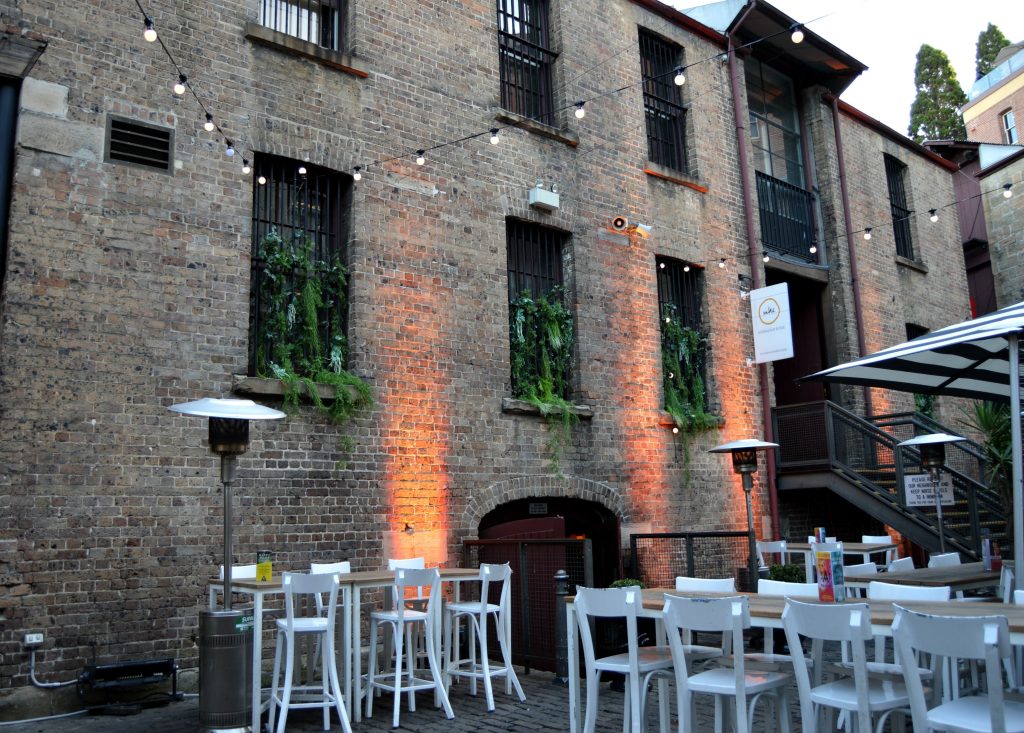
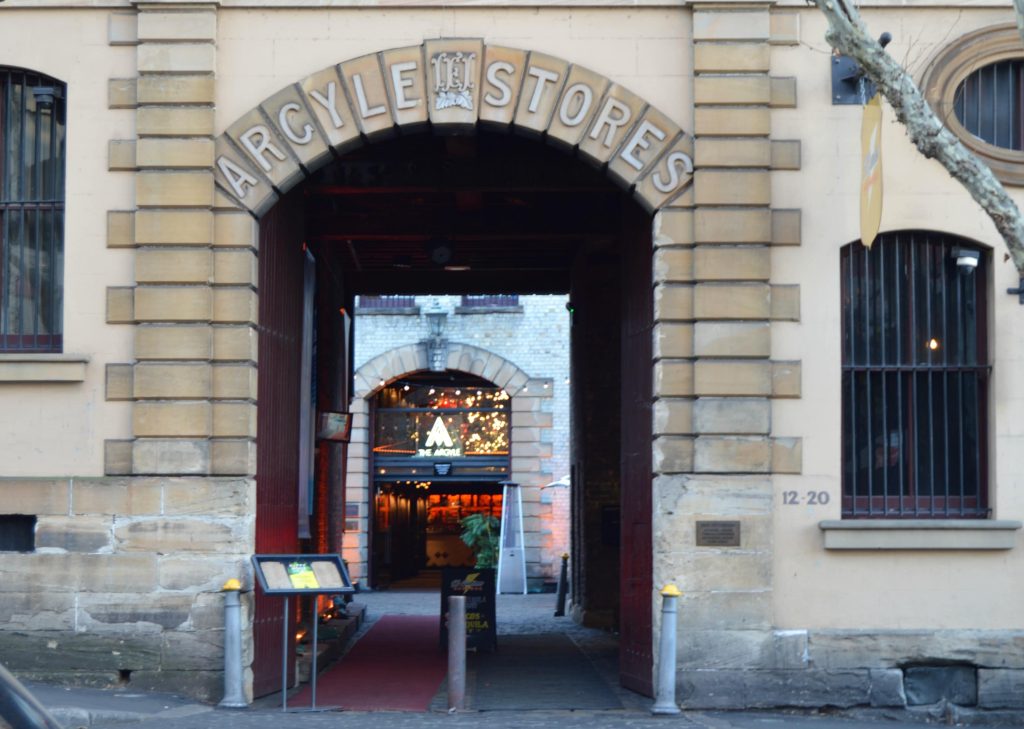
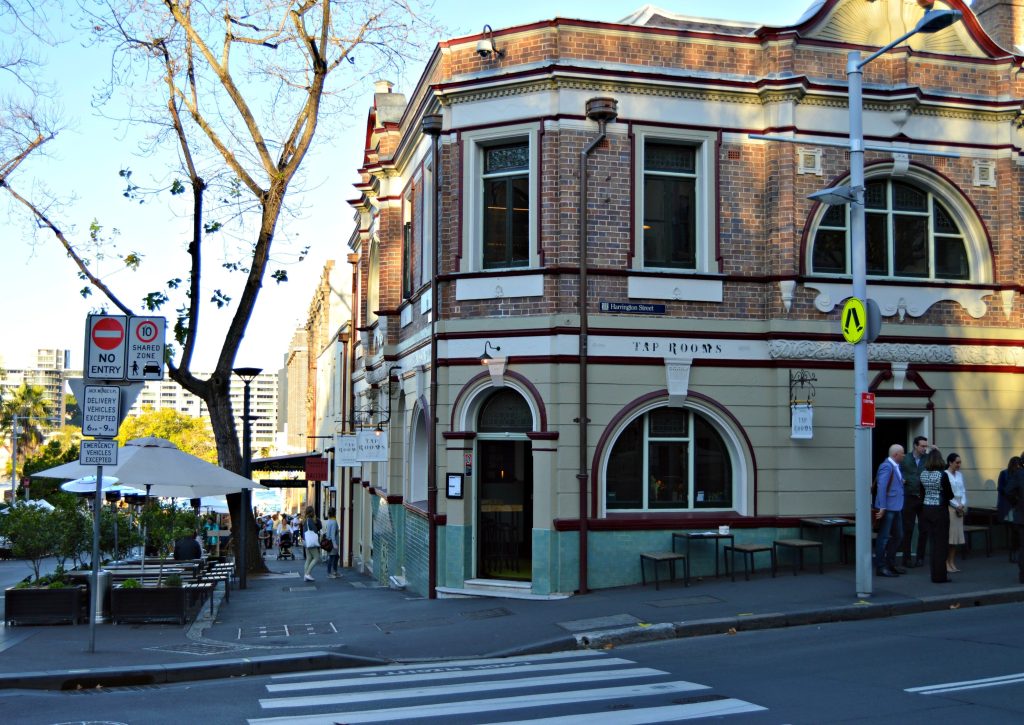
While in The Rocks, you have to check out Denham, the jeanmaker.
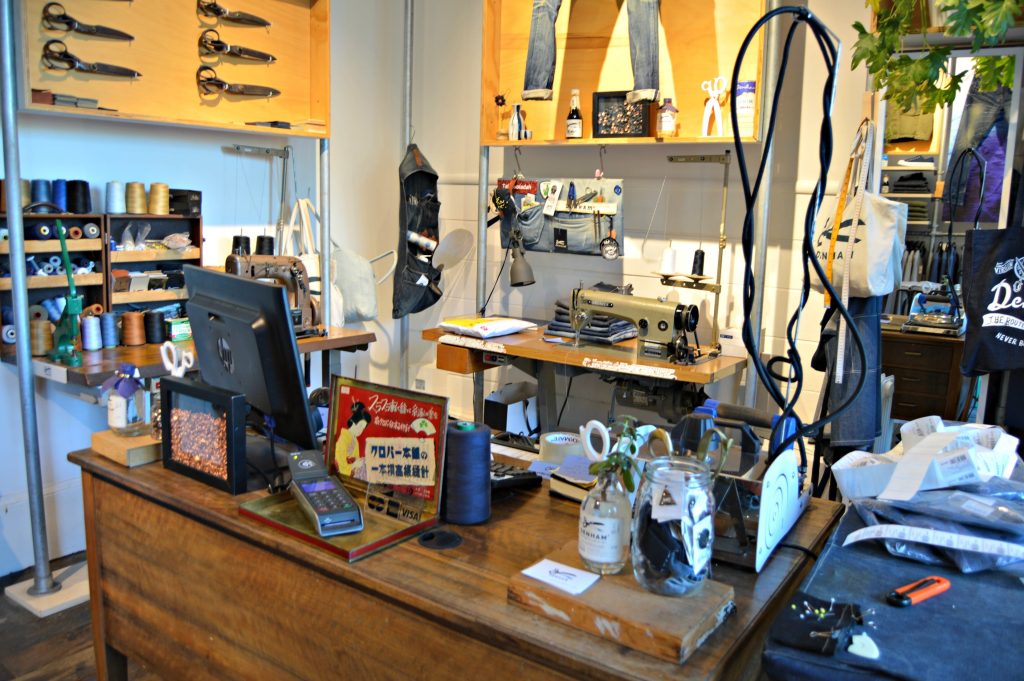
And Hat World
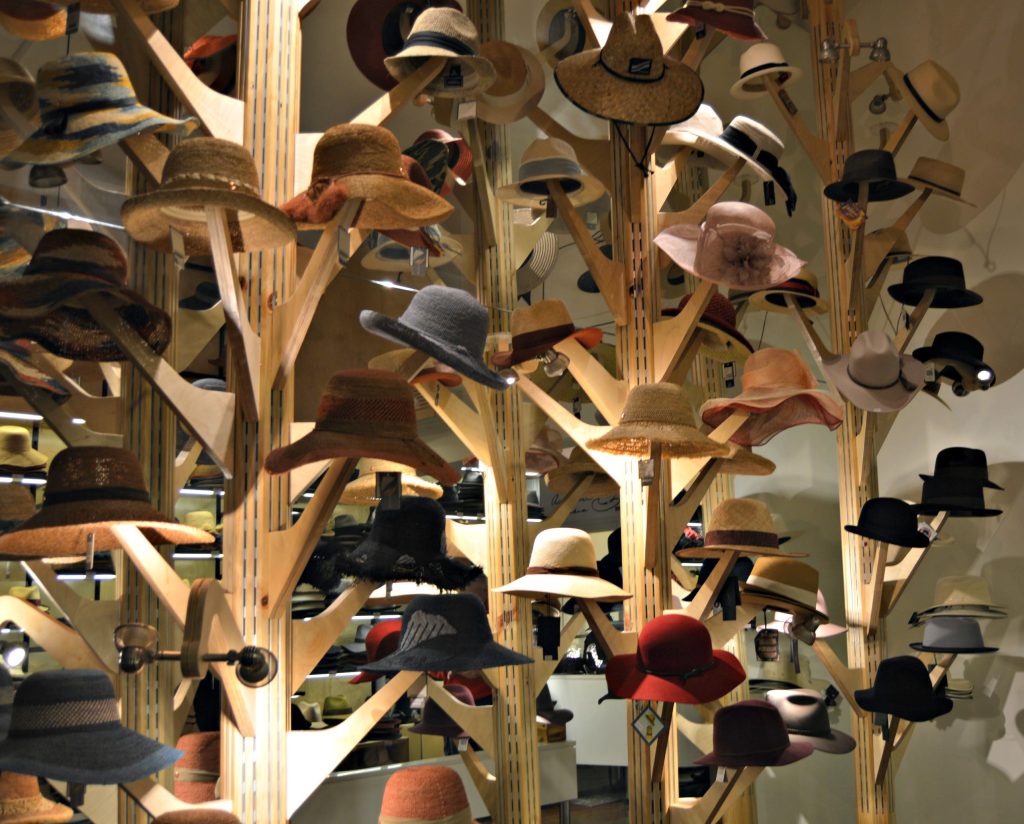
Sunset Harbour Cruise
Watching the sun go down behind the bridge and seeing the Opera House change colors in evening light on a harbor cruise is a must. Before heading out, stop and get a drink at Opera Bar at the base of the Opera House overlooking the harbor. You get great views of the Opera House, Fort Dennison, Darling Harbor and even a pass under the bridge.
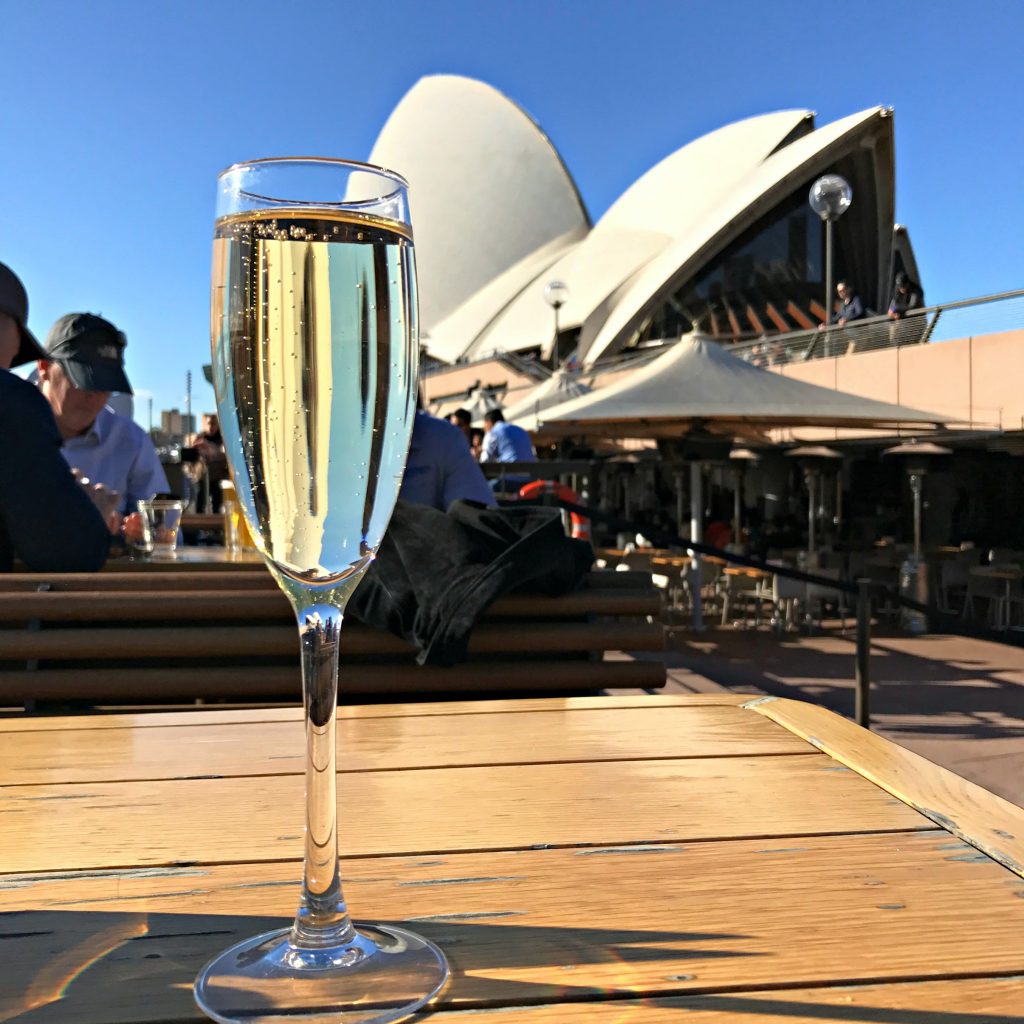
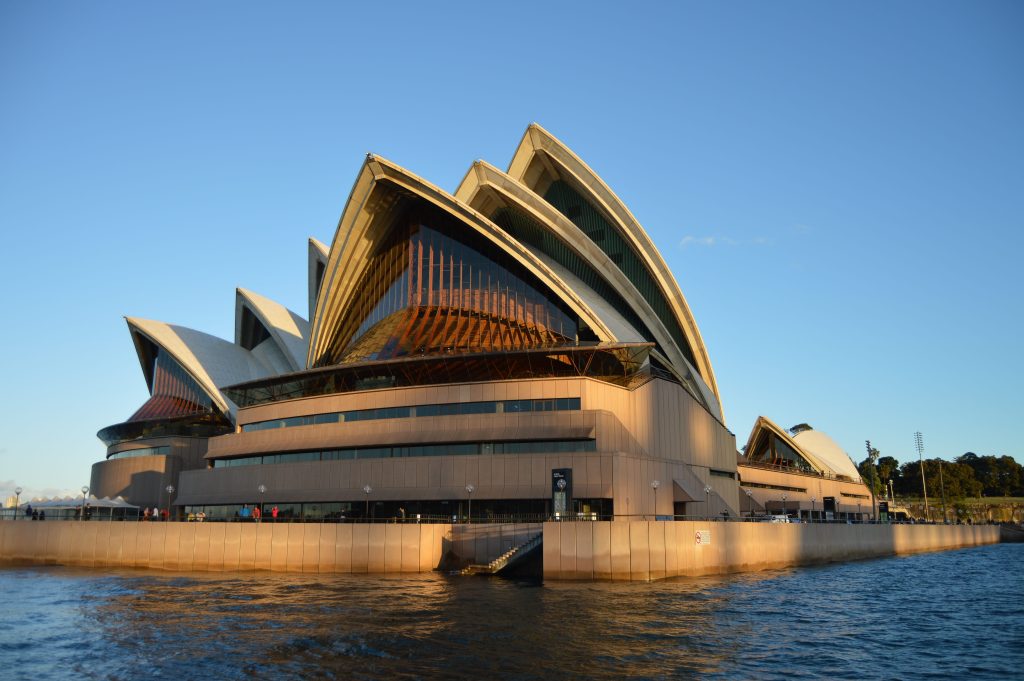
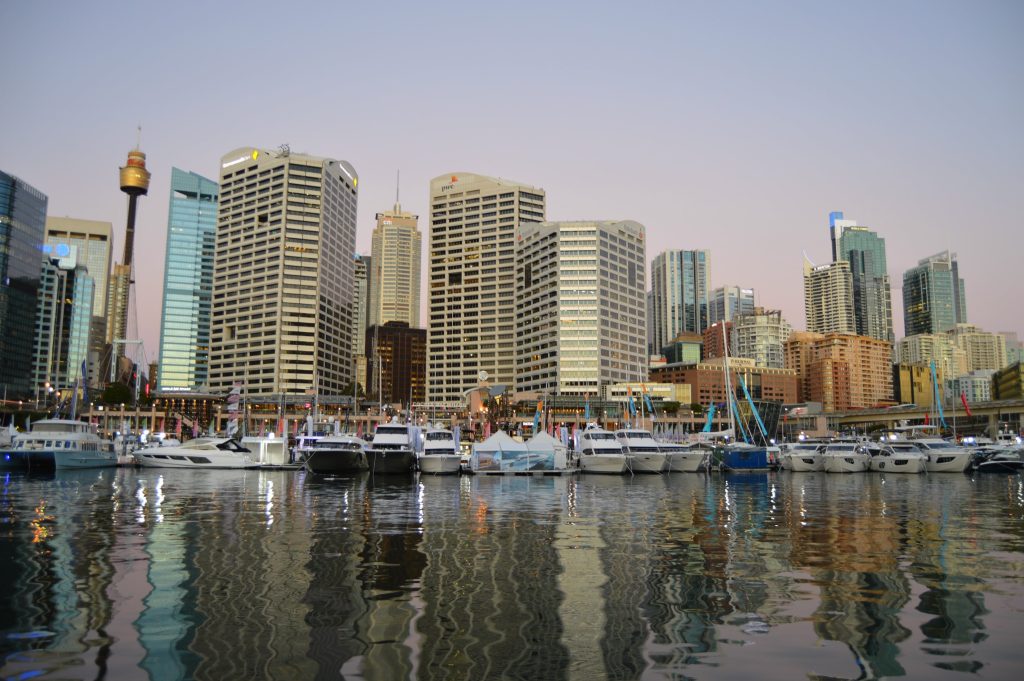
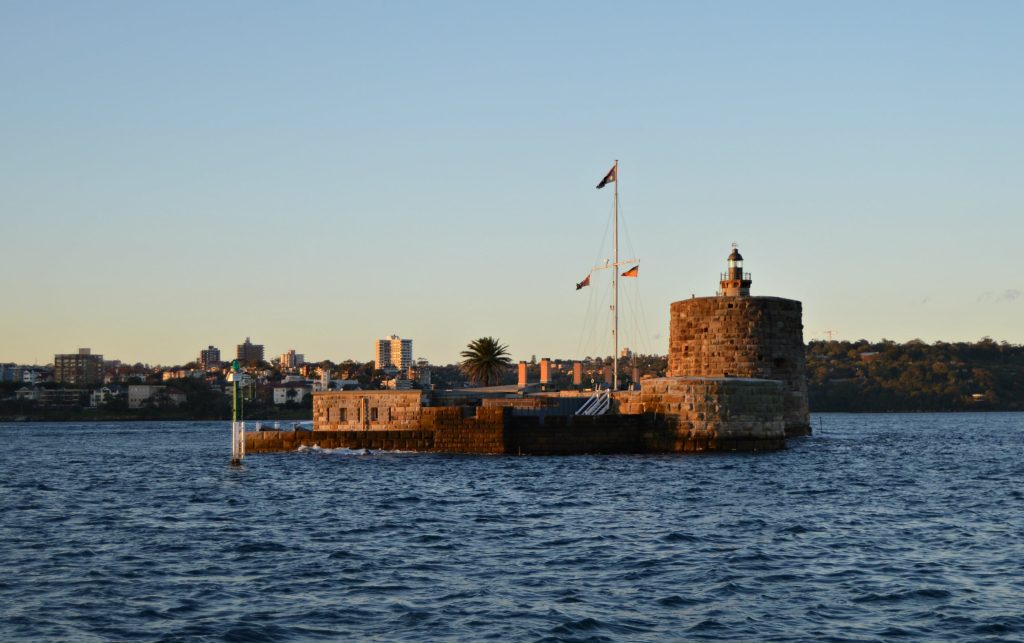
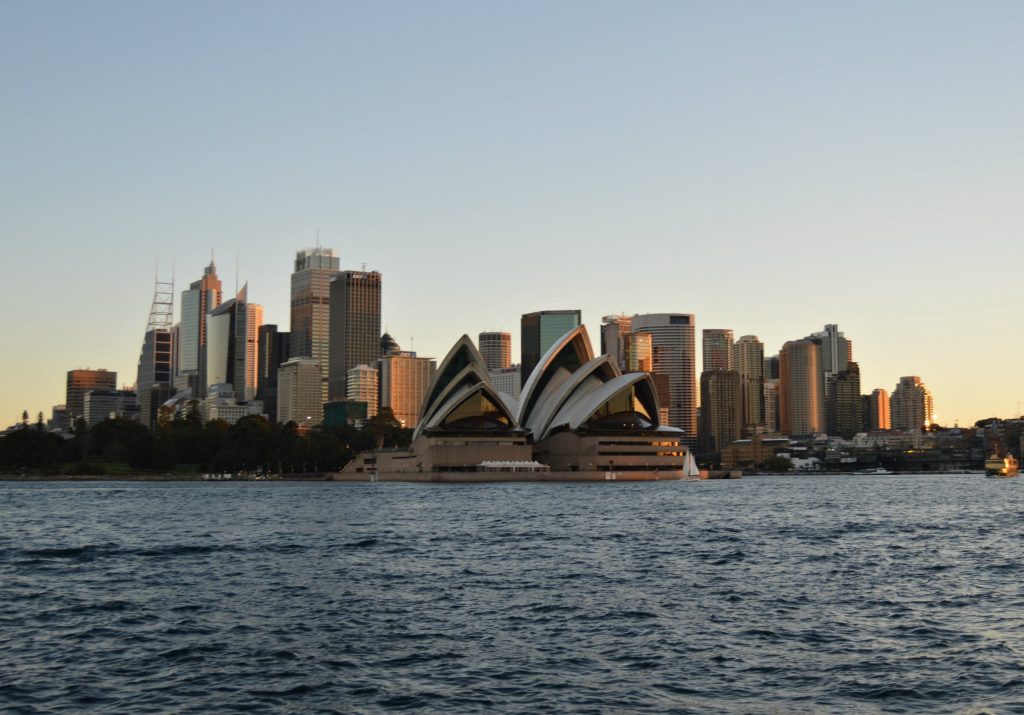
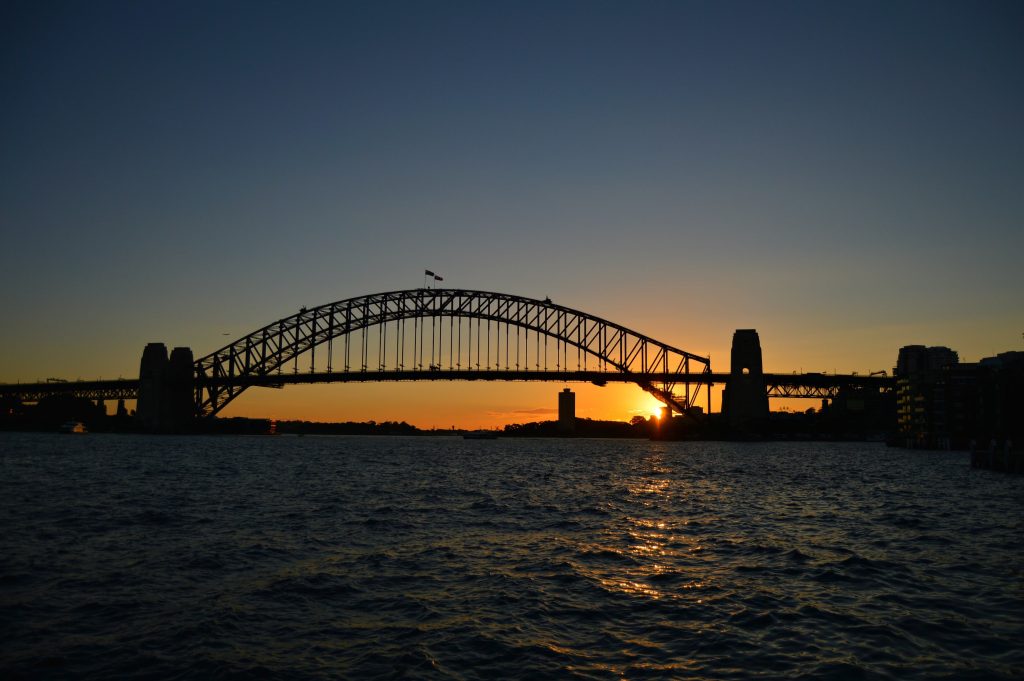
Love this city! Since everything is clustered together by the harbor, it’s easy to see a lot in a short amount of time. Can’t wait to go back!
Xo,
Cassandra
